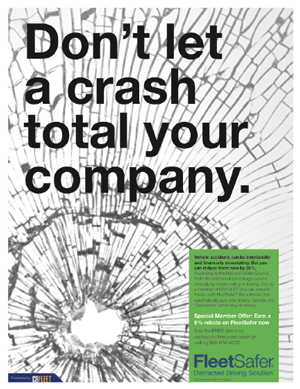In an Introduction to Cogosense Part 2 I covered the transition from Aegis Mobility to Cogosense Technology, and as an aside I thought it would be fun to discuss the company names as an introduction to this post. When I joined with my cofounder to create Aegis, he had already picked the name, Aegis the great shield of Athena and Zeus. He had already registered the name, so I thought he was fair game for a good ribbing. It was a great name for our company, but I felt I had to point out to him. in Greek mythology the Aegis is actually the goat skin bag the shield was placed in. (To be fair it has been interpreted as both the bag and the shield, but being named after a piece of smelly goat skin appealed to my British sense of humour). When we named Cogosense I decided all forms of animal fur should be avoided, so I turned to our Roman friends for the verb Cogere (to collect or gather). Cogo means I gather, as in gathering data from sensors, hence the name Cogosense.
When we started Cogosense we were in the enviable position of having an unstable product, a loyal but fatigued customer base and a revenue stream in constant jeopardy. From day 1 we were self funded and our goal was to achieve product stability. To achieve this we had to drastically cut costs. We avoided executive positions and salaries, opted for virtual office space, and fully embraced the concepts of cloud computing and automated DevOps. We have no infrastructure of our own, we use SaaS services to deliver our own SaaS offering. The discipline required to implement this model of business has brought us to the point where I could pick up any employees laptop and drive a nail through the flash drive in the knowledge no business critical information would be lost and full productivity would be achieved within an hour of receiving a replacement laptop. I mention this because business continuity is a key ingredient of product stability. For me it has been a liberating process shedding the old methods for the new, biting the bullet and just doing it.
The FleetSafer product also under went a revamp. As mentioned in Introduction to Cogosense Part 2 Aegis was consumed by the burden of maintaining access to private APIs in iOS to perform the enforcement functions necessary. Cogosense decided to return to the roots of the product as described in Introducing Cogosense Part 1. Originally the concept had been a simple feature on top of a network that could perform the necessary policy enforcements. This feature we called the Aegis COntext Request Node, or ACORN . It was a node in the network that tracked the contextual state of millions of mobile devices. It provided contextual awareness to the mobile network.Contextual awareness can be defined as a simple question "What where when?". This ACORN platform was still the engine that enabled all our product offerings, it just need a complete repurposing.
We could not return to a carrier integration, first and foremost working with carriers is expensive and time consuming, second, most communication are now App based, the carriers are carrying the encrypted data, making it difficult to sort and categorise communication sessions at the network layer. Thankfully in the years since we started Aegis, the Mobile Device Management (MDM) platform has emerged as the primary mechanism for managing and applying policy to large fleets of mobile devices. An MDM can be used to define what applications a device is allowed to run, what networks a device can connect to, to remotely lock and wipe lost devices to protect corporate data, and provide APIs to automate actions usually performed manually in the MDM user interface. What MDM's lack is contextual awareness.
The first thing we did for FleetSafer was pull out all the private API's. We then added an MDM integration layer to enable FleetSafer to be a contextual layer on top of existing MDMs. This means FleetSafer can instruct an MDM to lock a device when it is moving, or it can instruct it to display a different home screen, with a subset of applications. The concept can be extended to time, geographical place, or bluetooth beacon detection. For example a tablet in the driver's cab of a locomotive can be configured to only show a time table or an operations manual, yet anywhere else in the train you can play Candy Crush. These capabilities can be provided on top of nearly any MDM. Currently AirWatch, Cisco Meraki, Miradore and MobileIron are supported, with Microsoft Intune support coming soon. Other MDM platforms are added as requested, the flexible integration architecture has been designed to reduce the time needed to add a new integration.
FleetSafer is the tool needed to put the emphasis on Mobile in the term Mobile Device Management. It was satisfying to come full circle and resolve the root cause of long term stability issues in the FleetSafer product. The MDM interfaces are highly stable, unlike private iOS APIs. We can now concentrate on the task of gathering sensor data.




